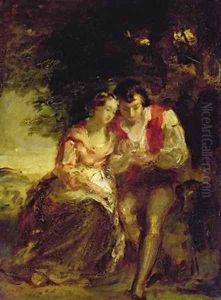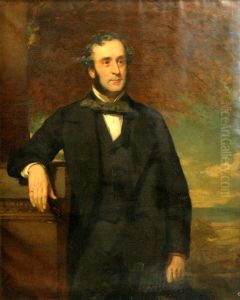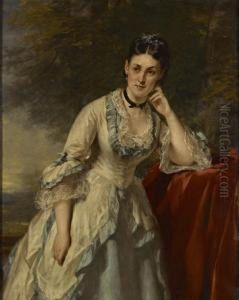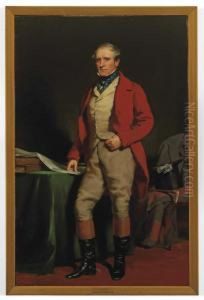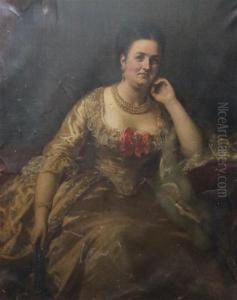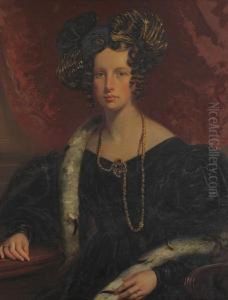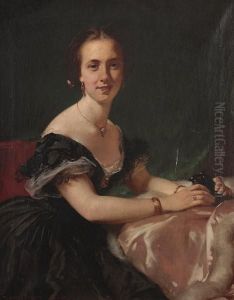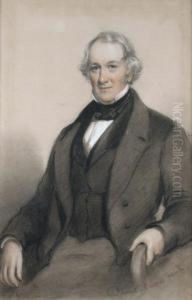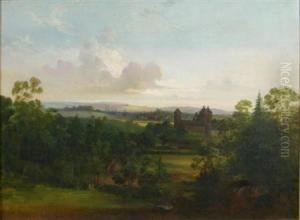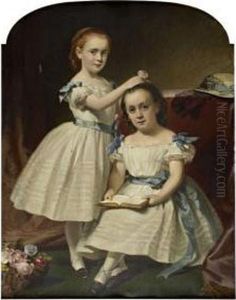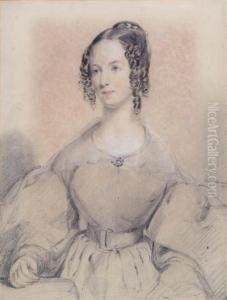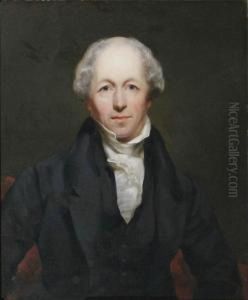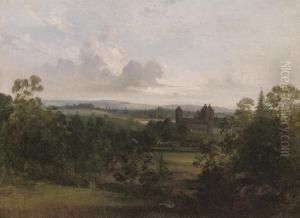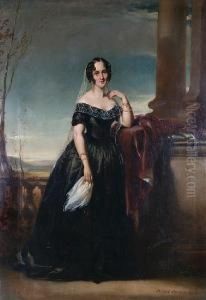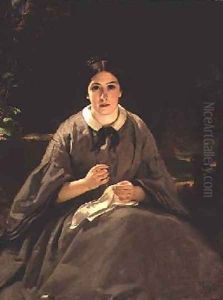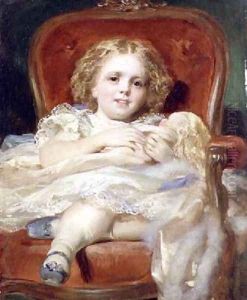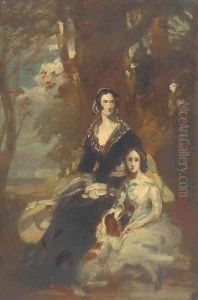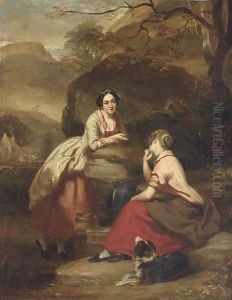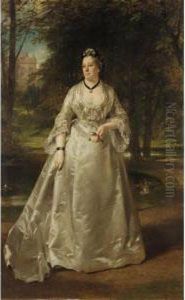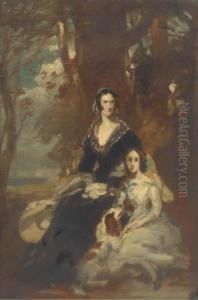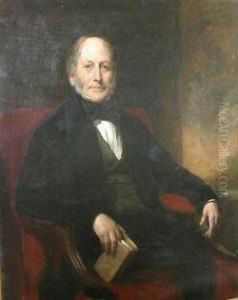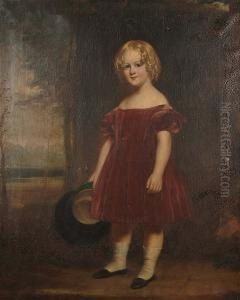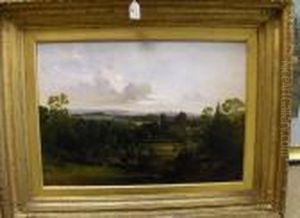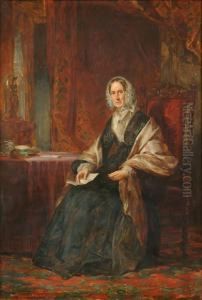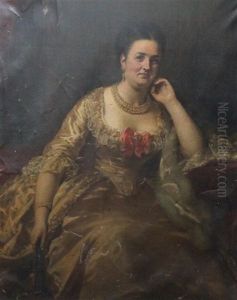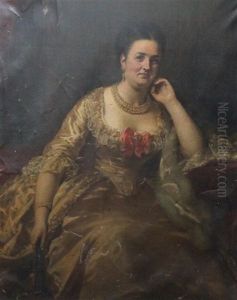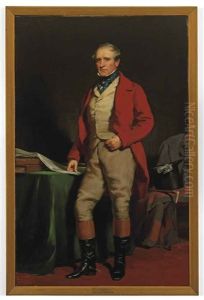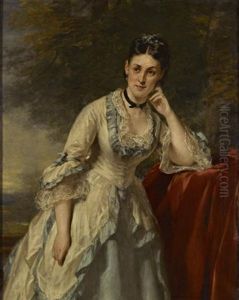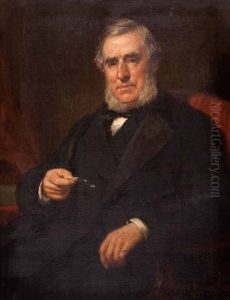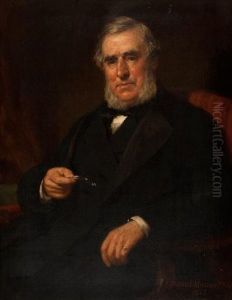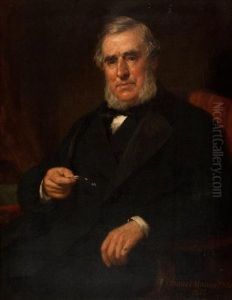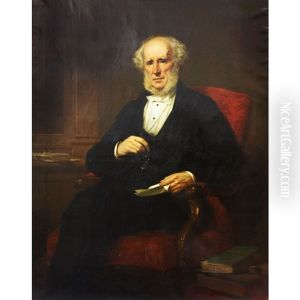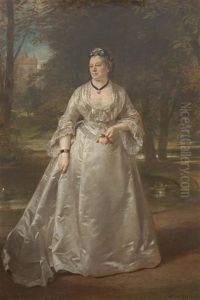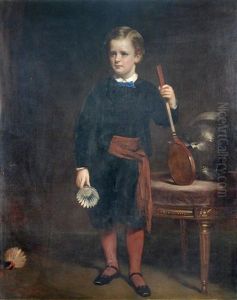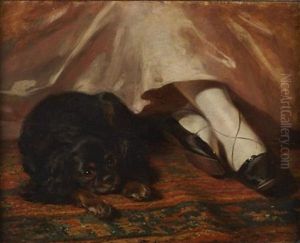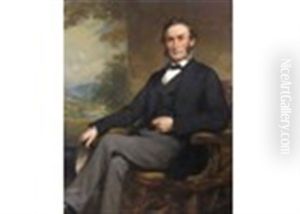Daniel Macnee Paintings
Daniel Macnee was a prominent Scottish portrait painter who was born on June 10, 1806, in Fintry, Stirlingshire. He developed an early interest in art and began his formal training at the Trustees’ Academy in Edinburgh, which was a leading art school of the time. There, he studied under the well-regarded artist Sir William Allan.
Throughout the early part of his career, Macnee painted landscapes and was influenced by the work of Sir Henry Raeburn. However, he soon found his niche in portrait painting. Macnee's style was characterized by his deft brushwork and his ability to capture the character and personality of his subjects. His portraits were known for their elegance and the subtle rendering of textures in fabrics and accessories.
Macnee became a respected figure in the Scottish art scene and was associated with the group of artists known as the Glasgow Boys. This group was known for their modern style and for breaking away from the traditional academic painting of the time. Although not as radical in his approach as some of the other members, Macnee's work contributed to the development of Scottish painting in the 19th century.
In 1876, Daniel Macnee was elected as the President of the Royal Scottish Academy, a testament to his stature within the artistic community. His presidency was a period of growth for the Academy, and he served in this capacity until his death on January 17, 1882.
Macnee left behind a rich legacy of Scottish portraiture. His work is represented in many public collections, including the Scottish National Portrait Gallery in Edinburgh. His portraits continue to be celebrated for their insight into the character of his subjects and for their contribution to the history of Scottish art.
